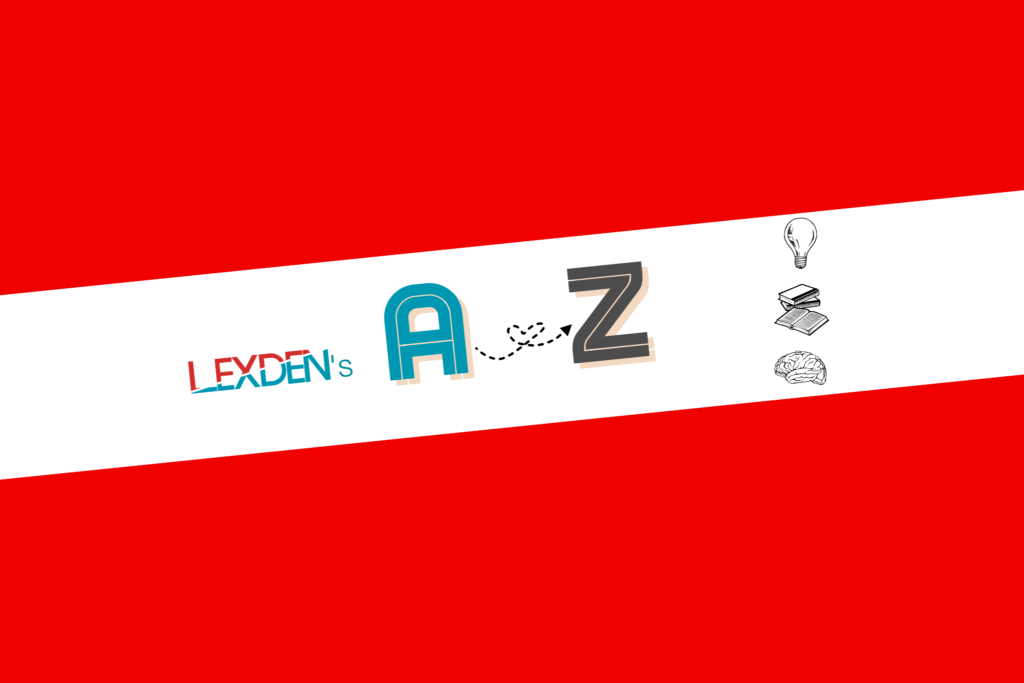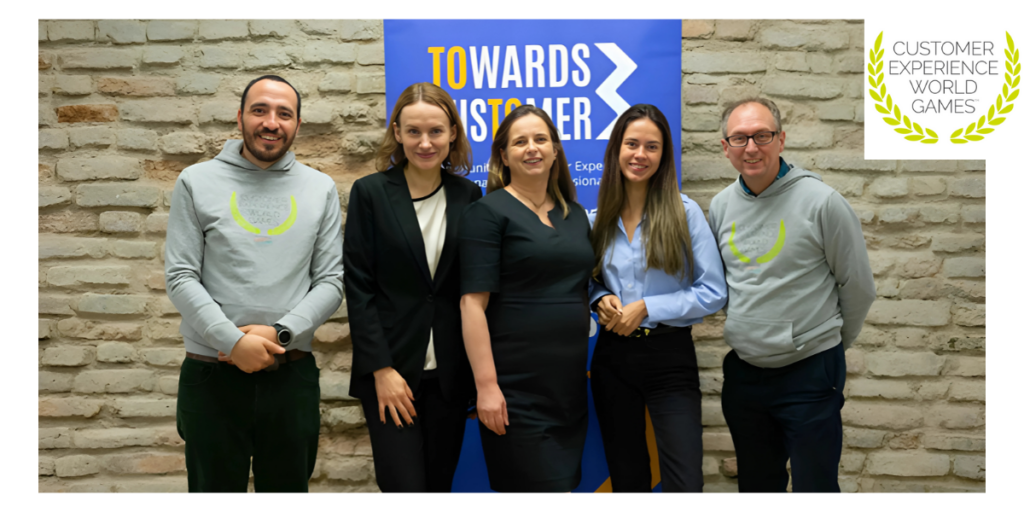Customer Experience as a concept is as old as the first purchase made. There would have been an experience the buyer received and the seller, probably unknowingly, provided. But customer experience management is a more recent addition to the business world. It’s still very much in its infancy. With many commentators originating from marketing invariably it was first presented as a different or complimentary way to secure sales and retain customers. It was all about ‘squeezing the customer’, just in a different way.
And we still see this in the commentary popularly socialised on customer experience. Whilst they are out-of-date notions, the poster statements stand out on first glance. But when you investigate further you find chasing CX platitudes creates more losses for your organisation rather then gains.
So, beware, the marketing strap-lines sold on the metaphorical street corners or LinkedIn they look great as a caption, but wear terribly badly as a corporate endeavour.
Here are three of my favourite commonly heard flawed pieces of advice:
1. Create a frictionless experience for your customers. STOP. What sort of advice is this! Take out any hurdles, bumps or reasons to engage with your business from the experience. Imagine that, a relationship with a business where you have no reason to ever interact. What happens? Human nature is to cease to recognise the value and eventually look for alternatives where there is attention. I met with the CEO of a leading UK bank who explained how this approach had led to customers leaving the bank. Not because the bank had done anything wrong, but because the customers didn’t appreciate the effort the bank put in every day to keep the customer from hidden friction points. But as soon as a competitor came along with a promotional offer to switch, customers did, citing their bank didn’t do anything for them. If you are asked to create a frictionless experience add an acquisition strategy to recruit at least 15% of customers who will leave mistaking efficiency for neglect.
2. Be No.1 for customer satisfaction. OH DEAR. Success means you grow. Growth means you attract more customers. More customers mean different types of customers. Different customer types invariably mean different expectations. Different expectations mean varying levels of satisfaction will be achieved. So, satisfaction will drop. How crazy is that. I recall a hotelier, a few years ago, explaining to me they needed to reduce the length of their survey to hit their satisfaction targets! They had added some new facilities which attracted a different, more demanding customer type. The ones filling out their feedback survey were those less impressed. They were the only ones prepared to hang around for five minutes to get their point across. But even a proportion of the satisfied types would complete a 1 minute survey. So to get satisfaction up, they changed the survey and ignored the issues creating low scores. I could tell this story ten times over, with different examples I’ve heard – that’s what happens when you make a target your CX goal.
3. Exceed your customer expectations. REALLY! Luxury brands struggle with this concept perhaps more than others. It’s such an easy thing to say. But what your FD is hearing is ‘erode margin unnecessarily’. As a consumer I have expectations of what to expect from organisations. For example, when I order from Amazon I expect a good choice of products available, goods to turn up undamaged and on time, for payments to be secure and any issues with my product to be dealt with swiftly. That’s quote a lot, but Amazon recognises these are all reasonable expectations and meets them. So I compare the experience provided by others against this criteria. But if Amazon started to provide free gifts in the box, asked the courier drivers to sing at my door or provided assembly of my goods when needed, they are now exceeding my expectations. Perhaps they are not even things I want, but let’s just go with them being appealing to me for the sake of the story. They didn’t need to offer these, I was happy enough before, after all its home delivery, whistles and bells aren’t always needed. But now I expect them and for no extra premium, they’ve raised my expectations. When they realise, they cant deliver this or afford to deliver this, my expectations wont drop and so my perception is the once adequate service is now sub-prime. So, unless you are prepared to explain to your FD why you are giving away margin, simply meet your customers expectations, don’t try to exceed them. Trust me, knowing what these are and meeting them 100% of the time can prove a big ask. And remember, todays ‘exceeding’ will become tomorrows ‘expecting’.
So how do you get on track with Customer Experience? Fortunately, there is an enlightened group of practitioners and professionals pulling away from this pedestrian narrative. They are looking at a more holistic approach. It started when operations came on board, because they were often responsible for the internal decisions and processes which enable or restrict the quality of the experience. The researchers ears pricked up as they realised they could help understand customers expectations. KPIs were applied to measure gains. And where there is a measurement, there’s a technologist not far behind with both tracking performance and providing solutions to enable better experiences. Not an ideal state but a start. It also meant what got measured got managed. This attracted the attention of finance and the CEO. The former is still trying to figure out how you accurately measure customer centric contribution.
Looking in at the chaos curiously are the CXers good friends from the world of agile, design and continuous improvement squads (although CXers do have a habit of claiming service design as their own) who checked their own toolbox and saw great overlaps. They’ve added a lot. Finally, HR recognised that with so much time and effort committed to creating better outcomes for customers, organisations needed to hold a mirror up and see are they providing the right experience for their employees to deliver. So, the culture became more customer centric when everything is organised around customers. It takes time, it requires a changing mindset, improved skillset and often a new environment to nurture authentic customer led thinking. In fact, it’s at this point when you finally get why its helpful to define the organisations customer purpose.
Those who have worked in and with clients shifting from a product or service focus to become customer focus will recognise these evolutions. You will also know you don’t sell customer experience, not through marketing to your customers or preaching to your employees about CX. You are the enlightened. Stick with it, ignore populist hyperbole. It’s designed for social media likes, not for business change.
Internally, the focus is on becoming more customer centric. This means understanding what matters most to customers, why, how, when it matters and fulfilling this in a way which amplifies the relevant distinctiveness of your brand. It’s at this point it becomes improved experiences customers can value. It’s driven from within the business in collaboration with all stakeholders. If everyone around the table agrees there is a better outcome achieved, then it’s progress. Increasingly ‘everyone’ means more than the customer. It’s also employees, supply chain partners, the communities it impacts, society and even the competition (both Tesco’s and Burger King promoted the competition recently).
This is the direction of travel systematic and sustainable customer centricity takes. There are 25 alternative customer-centric operating models, but only 5 of them are profitable and only one reflects where your business is now and where it wants to be. Do you know where you are?




